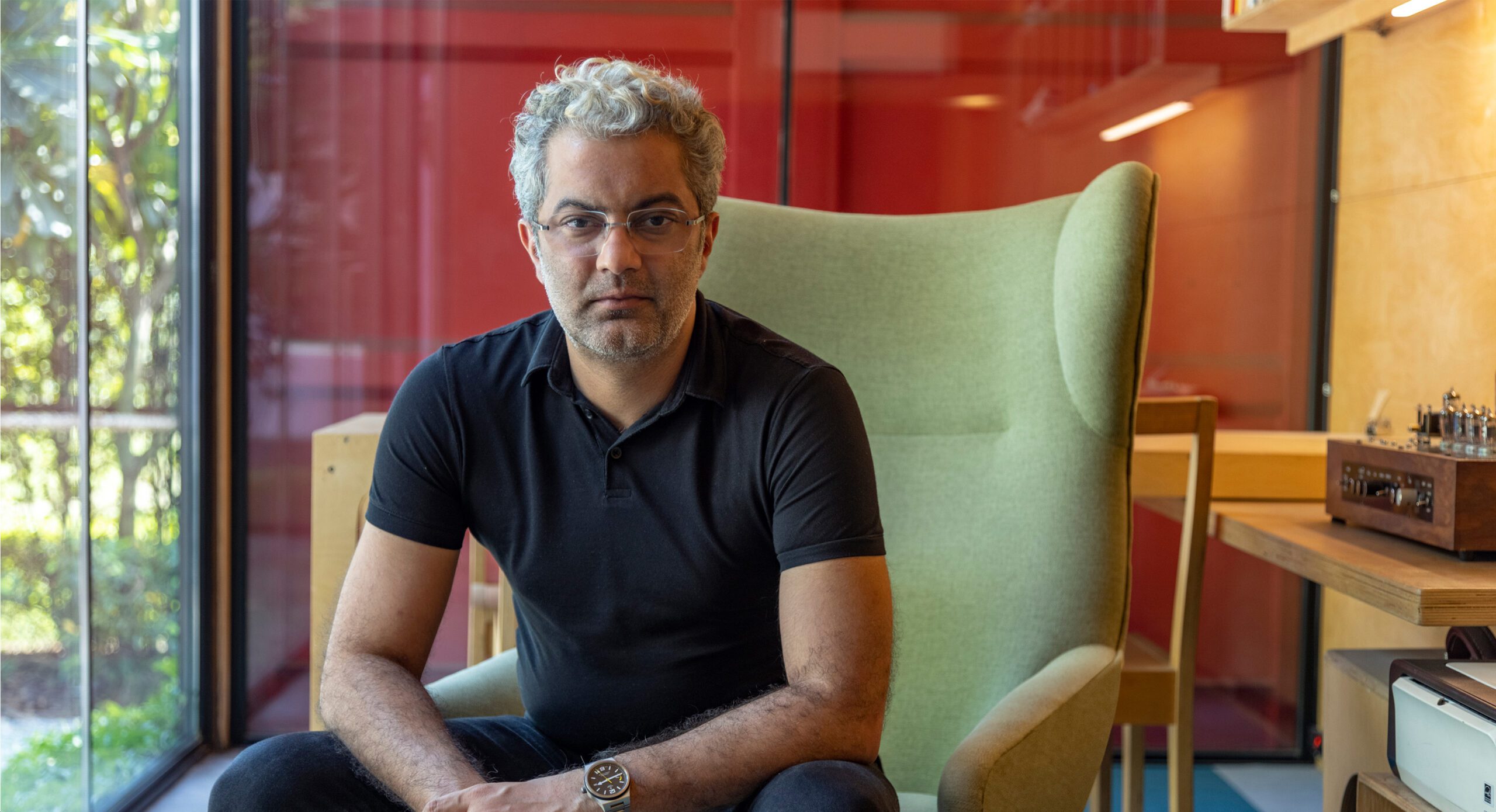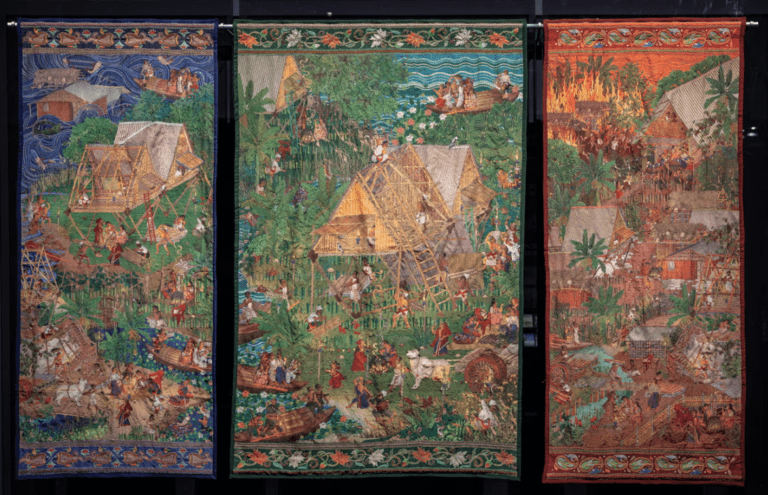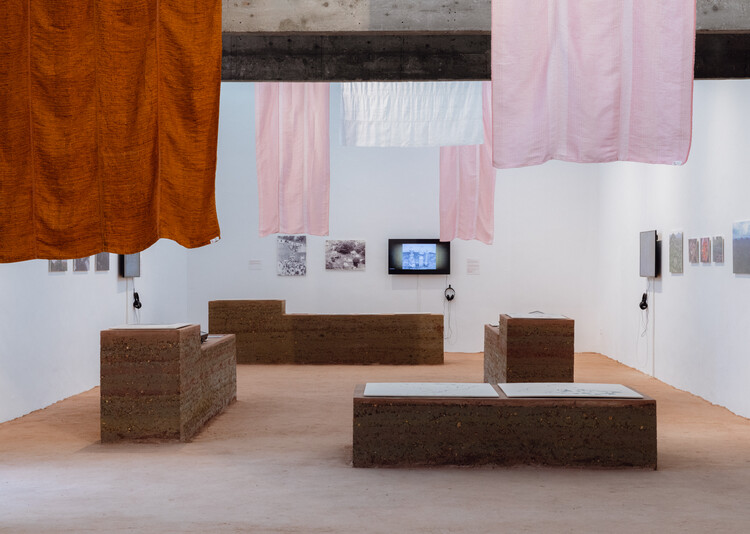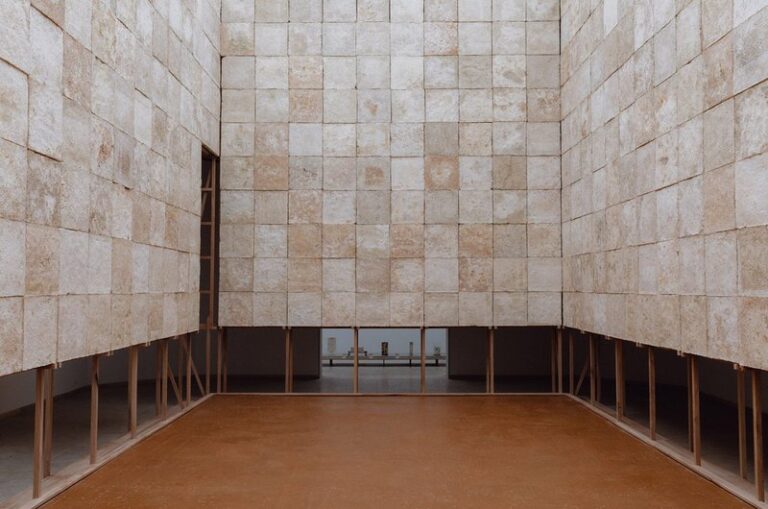
The Venice Architecture Biennale, the largest architectural exhibition in the world, has a rich history of promoting new ideas in architecture and design. Established in 1980, the Biennale attracts architects, designers and design enthusiasts from all over the world. It has also played an important role in influencing global trends and bringing minds together to address pertinent issues like transport, habitation and the development of our cities.

The 2023 edition, which opened to the public in May, features 63 national pavilions and offers viewers a glimpse into the culture and architecture of the various countries. It focuses on a central idea that every modern architect is facing today – how do we design for the future? The curator, Lesley Lokko, a Ghanaian-Scottish architect, academician and novelist, named this year’s event the ‘Laboratory of the Future,’ bringing the spotlight on Africa as the ‘playground of the future’.
Africa and India are both regions with rapidly growing populations and rising urbanisation, facing similar opportunities as well as challenges in developing sustainably. This iteration looks at developing countries as places where there is an opportunity to learn from the track record of the developed world and experiment with defining a new path. Addressing issues of climate change, societal change and habitation in emerging economies, the 2023 Biennale is particularly relevant to the Indian audience though India is not a participant in this iteration. Here is my take on this year’s must-sees.
A stand out in the central pavilion is the ‘Bengali Song’, a three-piece panel in embroidered textile put together by the Kolkata-born London-based architectural designer Arinjoy Sen. The embroidery presents flood-proof, low-cost, easily assembled homes from the Bangladeshi floodplains made with bamboo. The installation portrays an architectural solution within the ecosystem in which it sits. It embodies how planetary survival can emerge from diverse ecologies and local communities. Sen also uses the piece to celebrate traditional craft, employing marginalised kantha artisans to bring the intricate installation to life.

Adjacent to the central pavilion, an exhibit that takes the challenge of the theme head-on is ‘Essential Homes’ by the Norman Foster Foundation in collaboration with Holcim, a Swiss building material giant. It is a prototype for an emergency shelter, designed to be quickly assembled on-site as a sustainable and resilient solution against possible extreme weather conditions. The project’s primary focus is to ensure the security, comfort, and well-being of displaced populations who are otherwise forced to live in temporary settlements.
Among the national pavilions, the Brazilian Pavilion ‘Terra’, curated by architects and researchers Gabriela de Matos and Paulo Tavares, features installations that draw on earth both as a concept and as a material. The floor of the pavilion is covered in earth, with displays showcased on rammed earth platforms, invoking the tactility of the material and the various forms it can take. With the use of traditional materials like earth, the exhibit asks viewers to rethink the past to establish a sustainable future.

Other memorable exhibits include the Latvian Pavilion, designed as a supermarket that displays ideas from the last 10 editions of the Venice Biennale: the urgent need for coexistence, explorations beyond borders, the connection of architecture with other arts, as well as this year’s theme on experimenting with new ideas for the futures. In this cardboard supermarket of ideas, visitors are asked to pick their favourites — a subtle commentary on the commodification of design in contemporary society, where readily available designs are traded.

The 2023 Biennale delves into diverse ways of creating a sustainable, decarbonised future, provoking us to stop, think and take purposeful action towards a more livable future. Some by rethinking traditional ways of living and some by tackling the future with ideas of prefabrication and new material. It also celebrates the idea of inclusivity and identity, allowing multiple narratives rooted in culture to co-exist and create dialogue for a shared future.